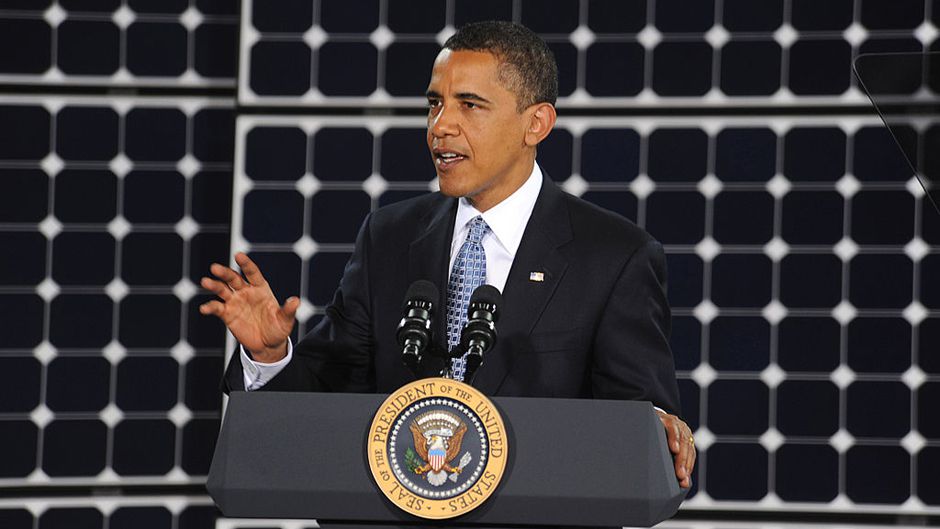Maryland’s climate is characterized by its diverse geographical features, which influence its weather patterns and climate zones. The state is located on the eastern coast of the United States, bordered by Pennsylvania to the north, Delaware to the east, Virginia to the south, and West Virginia to the west. This strategic location contributes significantly to Maryland’s unique climate characteristics, making it essential for residents, gardeners, and builders to understand the implications of these climate zones.
Understanding Climate Zones: An Overview
Climate zones are regions classified based on their typical weather patterns, particularly temperature and precipitation. These classifications help in understanding how climates vary across different geographical areas and are crucial for:
– Agriculture: Knowing climate zones aids farmers in selecting appropriate crops.
– Construction: Builders can design structures that withstand local weather conditions.
– Energy Use: Understanding climate helps in optimizing energy consumption for heating and cooling.
Maryland’s General Climate Characteristics
Maryland exhibits a varied climate influenced by several factors:
– Geographical Features: The proximity to the Atlantic Ocean moderates temperatures along the eastern shore, while the Appalachian Mountains contribute to cooler temperatures in the west.
– Seasonal Variations: Maryland experiences hot, humid summers with average temperatures around 75°F (24°C) in July and cool winters with temperatures dropping to about 28°F (-2°C) in January[1][3].
– Precipitation: The state receives about 40 to 50 inches of rain annually, with varying patterns across regions[2][4].
What Climate Zone Is Maryland In?
Maryland falls within multiple climate zones, primarily classified under the USDA Hardiness Zones and the Köppen climate classification system:
– USDA Hardiness Zones: Maryland ranges from zone 5b (minimum winter temperatures of -15°F to -10°F) in western areas to zone 8a (10°F to 15°F) in the southeastern parts. This range reflects significant temperature variations across the state[5][8].
– Köppen Climate Classification: The state is divided between humid subtropical (Cfa) in the east and humid continental (Dfa) in the west. This division results in distinct climatic conditions across regions like Western Maryland, Central Maryland, and the Eastern Shore[3][6].
The Role of Geography in Maryland’s Climate Zones
Maryland’s geography plays a crucial role in shaping its climate:
– Chesapeake Bay: This large estuary moderates temperatures and creates microclimates that affect local weather patterns.
– Appalachian Mountains: These mountains contribute to cooler temperatures and increased precipitation in Western Maryland compared to other regions.
– Urban vs. Rural Areas: Urban areas experience heat islands due to human activities, while rural areas may have cooler spots due to vegetation cover and less development[1][2].
FAQs
What is Maryland’s USDA hardiness zone?
Maryland’s USDA hardiness zones range from 5b to 8a, indicating the minimum winter temperatures plants can survive[5][8].
Does Maryland have multiple climate zones?
Yes, Maryland’s geography divides it into various zones, including humid subtropical and humid continental climates[3][6].
How does the climate vary across Maryland?
Western Maryland experiences cooler temperatures and more seasonal variation than Central and Eastern Maryland, which have warmer summers moderated by coastal influences[2][4].
What type of climate does Baltimore have?
Baltimore generally has a humid subtropical climate with hot summers and mild winters influenced by its proximity to Chesapeake Bay[3][8].
Is Maryland’s climate changing due to global warming?
Yes, recent trends show an increase in average temperatures and precipitation events. The state is experiencing warmer winters and more intense rainfall events due to climate change[1][4].
Conclusion
Maryland’s diverse geography results in a complex array of climate zones that significantly affect local ecosystems, agriculture, and urban planning. Understanding these variations is vital for residents as they adapt their practices to align with their specific climatic conditions. As global warming continues to impact weather patterns, staying informed about these changes will be crucial for effective adaptation strategies.

Kyle Whyte is a notable scholar and professor at the University of Michigan, holding positions such as the George Willis Pack Professor in the School for Environment and Sustainability and Professor of Philosophy. Specializing in environmental justice, his work critically examines climate policy and Indigenous peoples’ ethics, emphasizing the nexus between cooperative scientific endeavors and Indigenous justice. As an enrolled Citizen Potawatomi Nation member, he brings a vital perspective to his roles as a U.S. Science Envoy and member of the White House Environmental Justice Advisory Council. His influential research is supported by various prestigious organizations including the National Science Foundation, and disseminated through publications in high-impact journals. Kyle actively contributes to global Indigenous research methodologies and education, with affiliations to numerous institutes and societies dedicated to traditional knowledge and sustainability. Recognized for his academic and community engagement, Kyle has earned multiple awards and served in various visiting professorships. His efforts extend to leadership positions on boards and committees focused on environmental justice nationwide.
